Welcome back to my new weekly ‘map geek’ feature. Yes, I’m launching ‘Map Mondays’ here on the Cassiefairy blog because it turns out that I’m a huge map nerd and I’m sure I can’t be the only out there who really enjoys studying travel guides and decorating with maps. I kicked off my first Map Monday with a look at fun guides by Herb Lester to the most famous cities on earth; London and New York – check out the first post here. And today I’m going to continue the story of how I came to discover that I am a secret fan of maps. 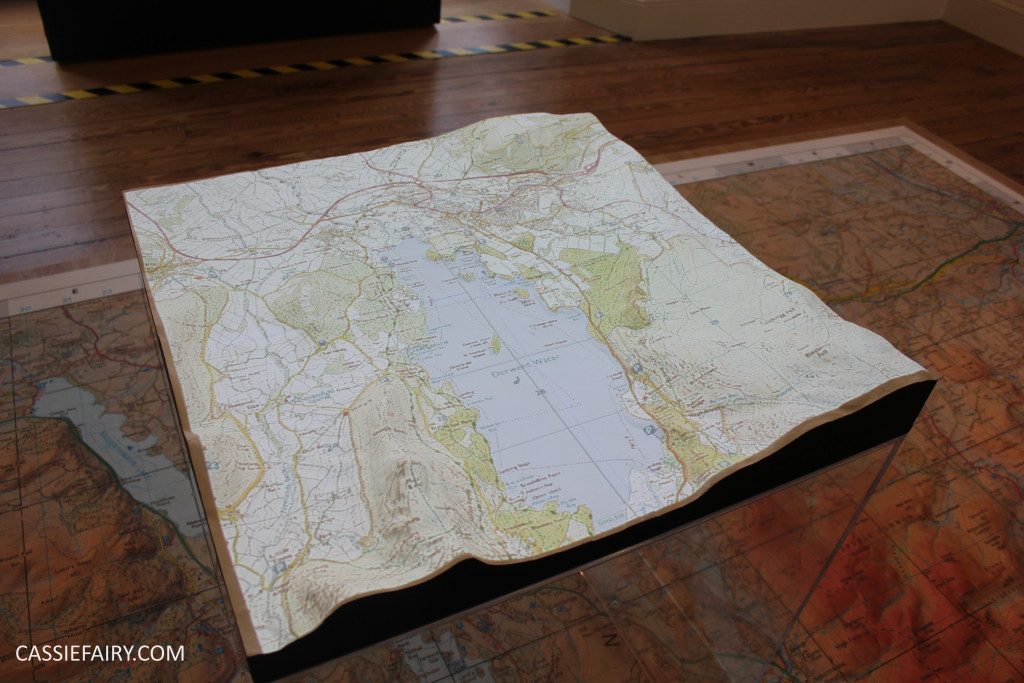 I was such a secret fan that I didn’t even know it myself. I thought that my husband was the geeky ex-scout who collected maps and practiced knots. However, it turns out that I too am a secret explorer, which I discovered when we took a holiday up north during the February half term. We tricked ourselves into believing that we were just taking a leisurely trip from the West to East coast but here’s what we never admitted to each other: the main reason we’d travelled north was to visit a map exhibition in the Keswick Museum and Art Gallery.
I was such a secret fan that I didn’t even know it myself. I thought that my husband was the geeky ex-scout who collected maps and practiced knots. However, it turns out that I too am a secret explorer, which I discovered when we took a holiday up north during the February half term. We tricked ourselves into believing that we were just taking a leisurely trip from the West to East coast but here’s what we never admitted to each other: the main reason we’d travelled north was to visit a map exhibition in the Keswick Museum and Art Gallery.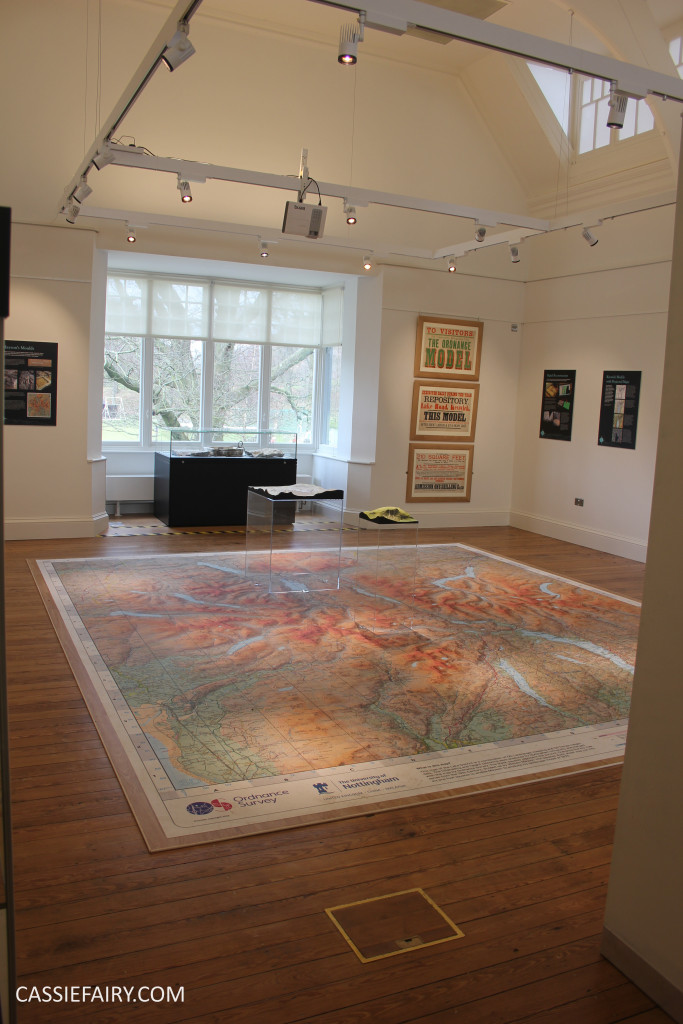 We’d watched a feature about this upcoming exhibition on Countryfile a few weeks before, and it was one of those stop-talking-and-stare-intently-at-the-TV moments. The presenters were looking at a scale model of the Lake District landscape and I was mesmerised by the animated maps and plaster-cast models. At the end of the TV show we found out that the exhibition was due to open just before our half-term holiday so we decided to incorporate a visit into our trip.
We’d watched a feature about this upcoming exhibition on Countryfile a few weeks before, and it was one of those stop-talking-and-stare-intently-at-the-TV moments. The presenters were looking at a scale model of the Lake District landscape and I was mesmerised by the animated maps and plaster-cast models. At the end of the TV show we found out that the exhibition was due to open just before our half-term holiday so we decided to incorporate a visit into our trip.
As we drove away from Blackpool (after our romantic day out at the tower ballroom for Valentine’s weekend), we casually decided to head up to the Lake District for a night in Shap. Shall we drive on to Keswick? We shrugged our shoulders as if it didn’t really matter, and headed towards the town. Having programmed the exact location of the Keswick Museum and Art Gallery into my phone satnav we ended up parking right outside the building, so ‘we might as well go in’.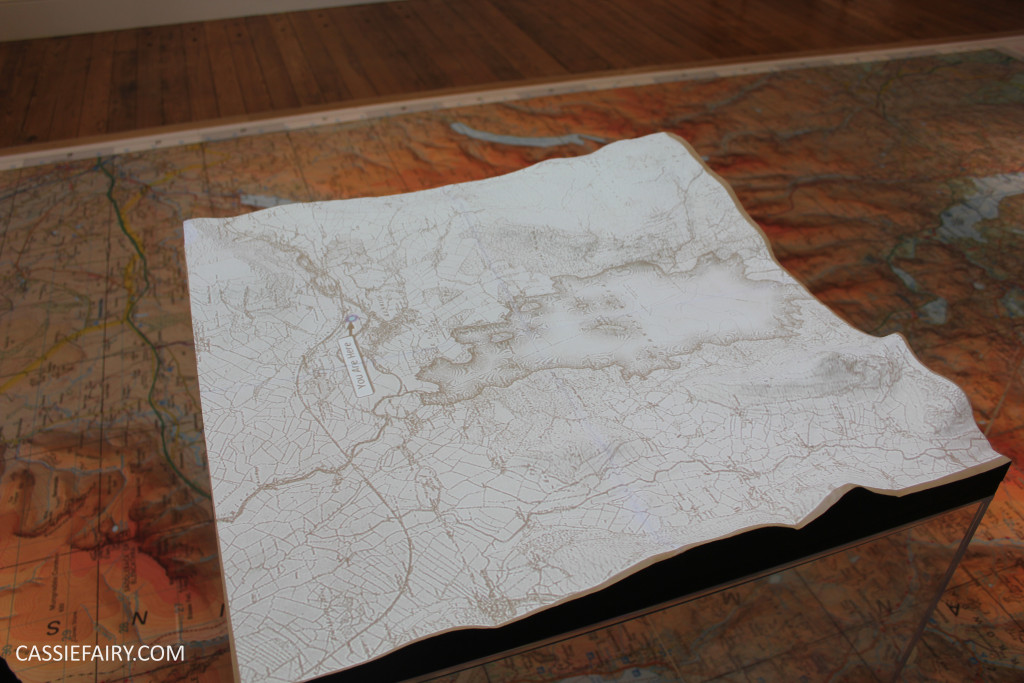 Honestly, you’ve never seen a grown-up couple skip so excitedly towards a museum, nor has my husband’s wallet been opened so quickly as we paid the entrance fee. Just one door was between us and the whole reason we’d made the trip from East Anglia to the Lake District. As we entered the ‘The Grandest Views’ exhibition, my husband squeezed my hand and I knew it was okay to be a map geek that day.
Honestly, you’ve never seen a grown-up couple skip so excitedly towards a museum, nor has my husband’s wallet been opened so quickly as we paid the entrance fee. Just one door was between us and the whole reason we’d made the trip from East Anglia to the Lake District. As we entered the ‘The Grandest Views’ exhibition, my husband squeezed my hand and I knew it was okay to be a map geek that day.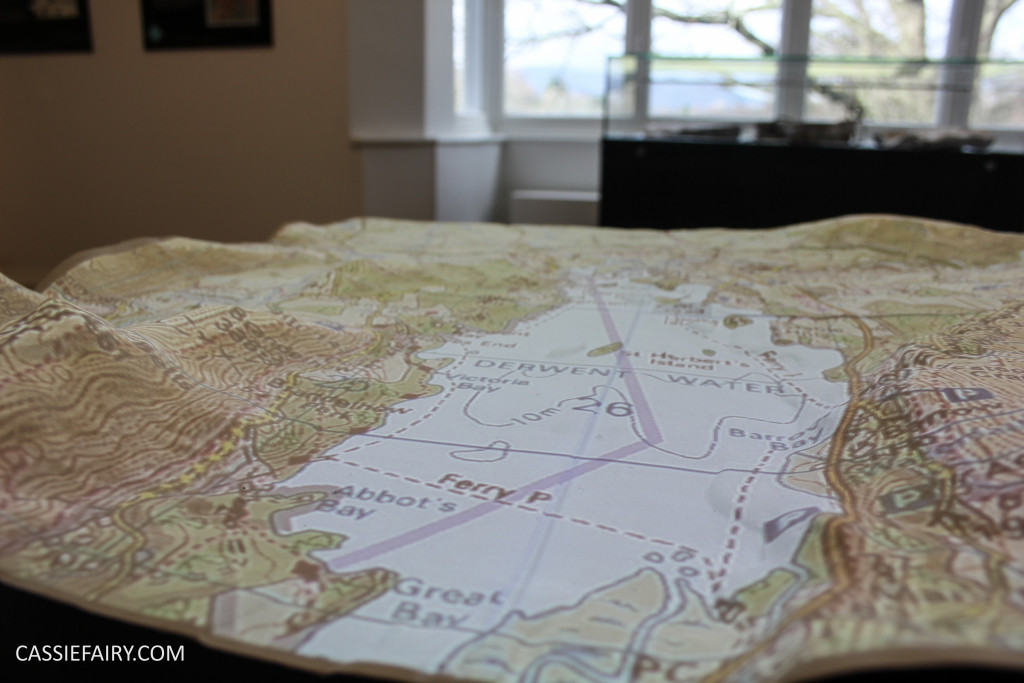 I don’t remember if I squealed, but I definitely did a little jump as we rushed into the exhibition and saw the massive map for the first time. The gallery floor was covered with a huge Ordinance Survey map and squares had been lifted on plinths, showing the landscape relief maps that we’d come to see – the Mayson’s Model.
I don’t remember if I squealed, but I definitely did a little jump as we rushed into the exhibition and saw the massive map for the first time. The gallery floor was covered with a huge Ordinance Survey map and squares had been lifted on plinths, showing the landscape relief maps that we’d come to see – the Mayson’s Model.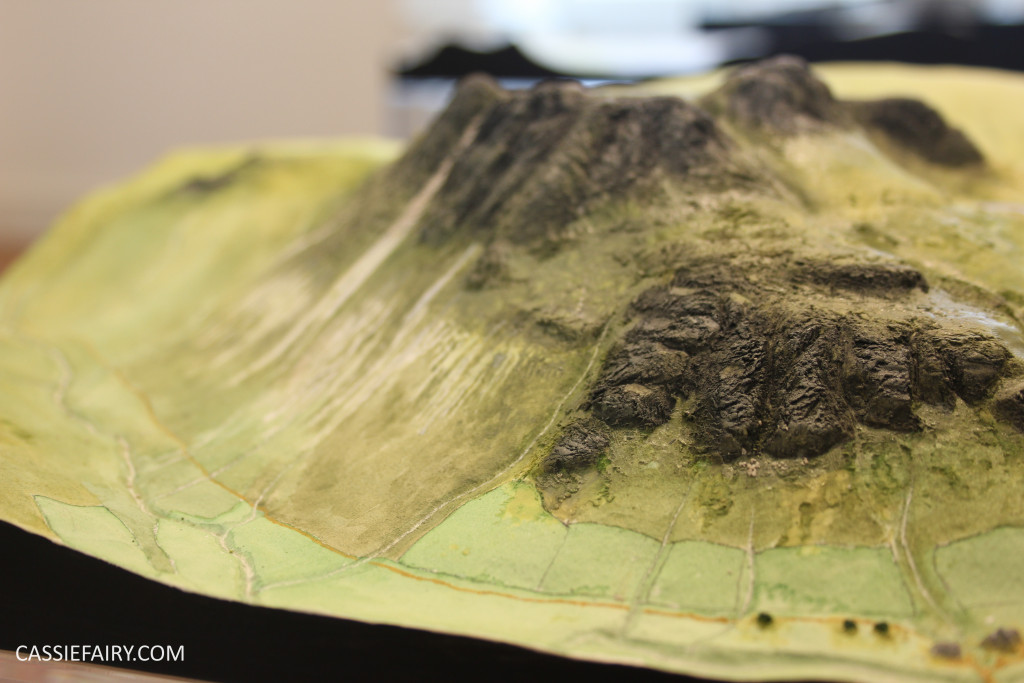 After spending time researching the project online it was really exciting to see it in ‘real life’. The project was initiated by Dr Gary Priestnall from the School of Geography at the University of Nottingham after the recent discovery of the original Mayson’s Lake District landscape moulds in 2013. Back in 1875 these negative moulds were cast with plaster to create 210 relief tiles, which together made up a 14ft by 15ft map of the Lake District.
After spending time researching the project online it was really exciting to see it in ‘real life’. The project was initiated by Dr Gary Priestnall from the School of Geography at the University of Nottingham after the recent discovery of the original Mayson’s Lake District landscape moulds in 2013. Back in 1875 these negative moulds were cast with plaster to create 210 relief tiles, which together made up a 14ft by 15ft map of the Lake District.
Mayson’s Ordnance Model was a popular tourist attraction at the time and commanded a viewing fee of one shilling, which is equivalent to £5-10 in modern money, but it was one of the most innovative visitor experiences of the era, mathematically replicating the first ever Ordnance Survey map of the Lake District, published in 1867.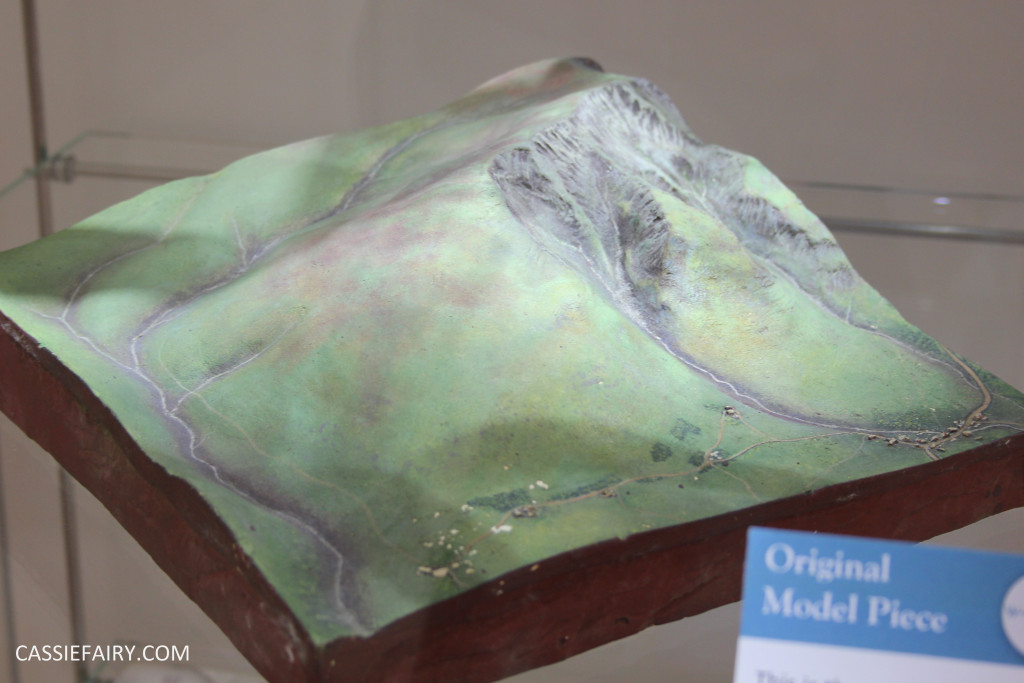 As part of the new exhibition at Keswick Museum and Art Gallery a number of the original moulds of the Mayson’s model on display, as well as a couple of ‘new’ relief casts of the original Mayson’s landscape. A modern Ordnance Survey map at the same scale of the original model had been laid on the floor of the exhibition and sections of the map had been elevated to show how the landscape model would have looked back in 1875. One of the relief squares had been painted to replicate the original Mayson’s model, and another was a blank white plaster cast.
As part of the new exhibition at Keswick Museum and Art Gallery a number of the original moulds of the Mayson’s model on display, as well as a couple of ‘new’ relief casts of the original Mayson’s landscape. A modern Ordnance Survey map at the same scale of the original model had been laid on the floor of the exhibition and sections of the map had been elevated to show how the landscape model would have looked back in 1875. One of the relief squares had been painted to replicate the original Mayson’s model, and another was a blank white plaster cast.
This relief cast excited me the most, as it’s corresponding map was projected onto the landscape block and merged the original 1967 Ordnance Survey map, into the current modern day version and through to a satellite image map, complete with a boat animation travelling across the lake. It was completely mesmerising and seeing the maps dissolve into each other was really relaxing so I spent a long time watching (and filming) the animation.
Even though the complete model hadn’t been cast yet, each of Mayson’s negative moulds had been photographed and the exhibition allowed visitors to take these negative images and attempt to find them on the Ordnance Survey map. Most of the landscape tiles had not yet been found on the modern day map, so if a visitor found a corresponding tile on the map, they would be credited as part of the University of Nottingham research project. Of course, my husband and I took on the challenge and spent hours trying to find the corresponding map for the landscape tiles. This was much harder than we initially thought –in fact it was impossible, we didn’t find any – which explains why researchers haven’t yet allocated each tile to a map square. I am so pleased that we made the detour to Keswick to see this map exhibition as it really was a rather breath-taking to see the relief landscape and corresponding projection. Plus, I want that map flooring in my home! The restoration project continues at the University of Nottingham will hopefully result in complete the model of Mayson’s landscape so I look forward to attending that exhibition in years to come. If you would like to visit this exhibition, there’s still time – ‘The Grandest Views’ runs until the 17th May at the Keswick Museum and Art Gallery and I think it’s well worth the visit. Although I would say that, wouldn’t I? I’m a map geek 😉
I am so pleased that we made the detour to Keswick to see this map exhibition as it really was a rather breath-taking to see the relief landscape and corresponding projection. Plus, I want that map flooring in my home! The restoration project continues at the University of Nottingham will hopefully result in complete the model of Mayson’s landscape so I look forward to attending that exhibition in years to come. If you would like to visit this exhibition, there’s still time – ‘The Grandest Views’ runs until the 17th May at the Keswick Museum and Art Gallery and I think it’s well worth the visit. Although I would say that, wouldn’t I? I’m a map geek 😉
























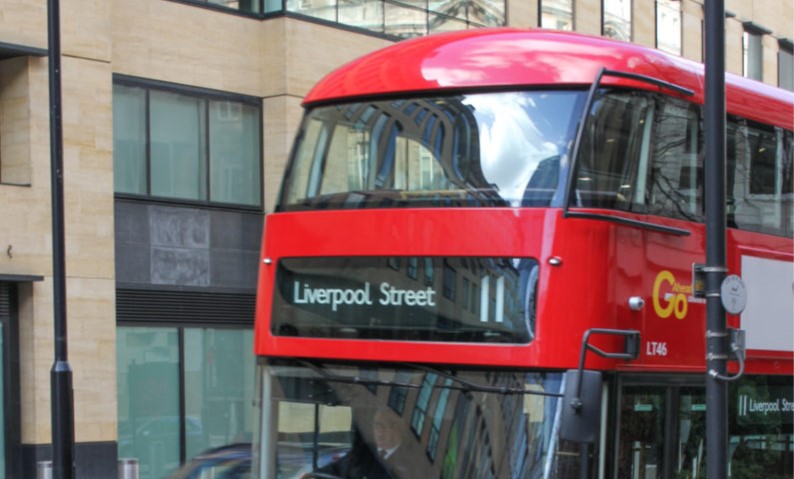
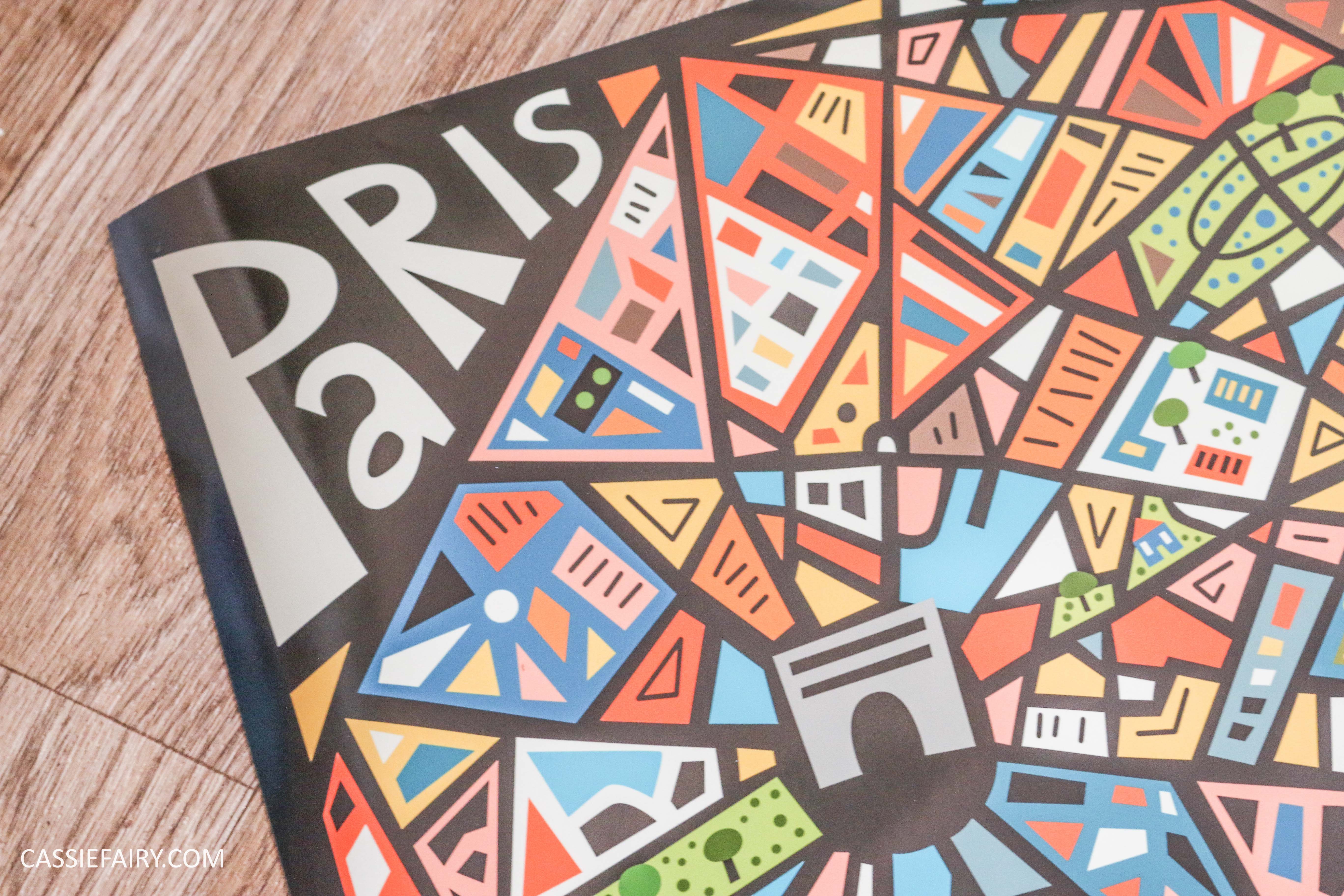
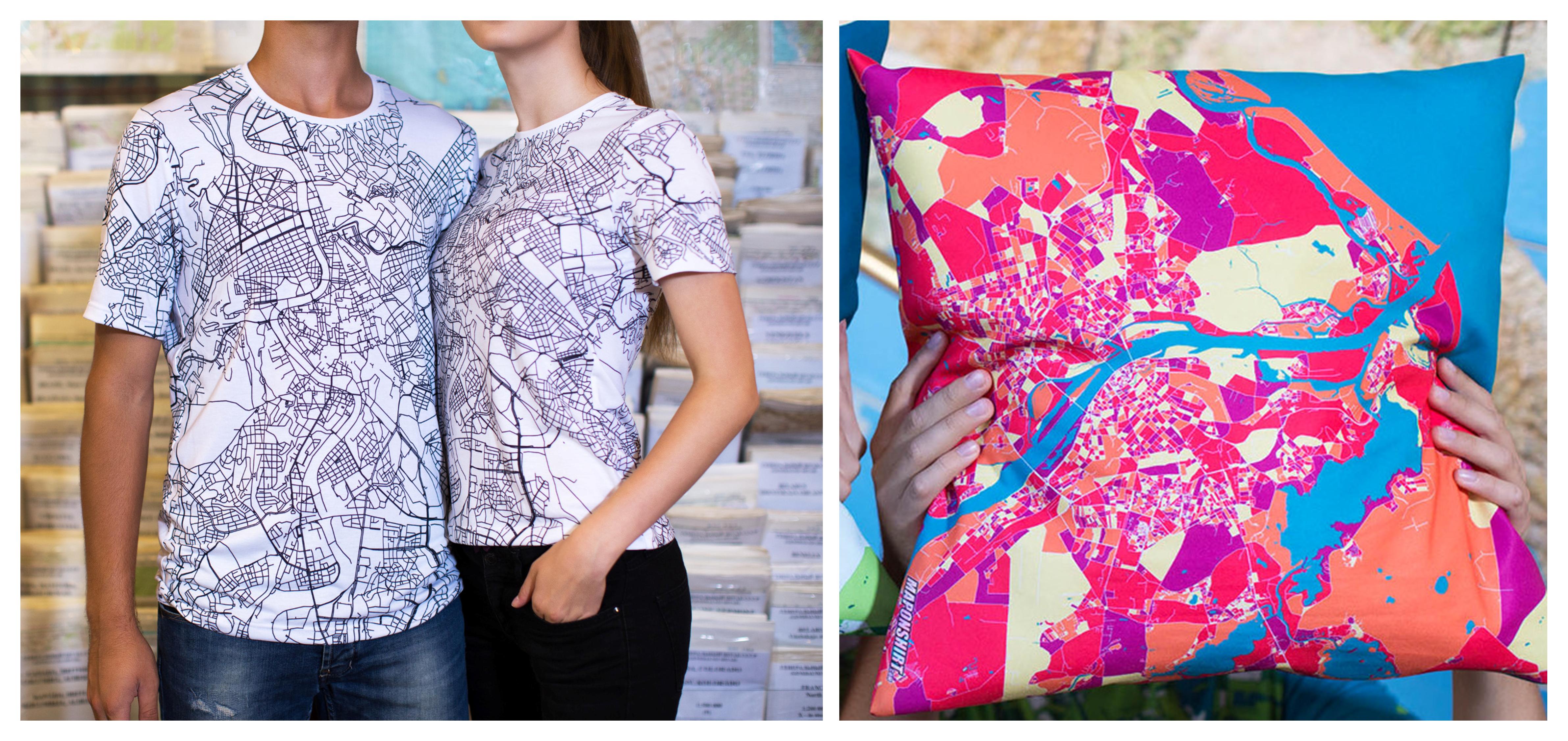
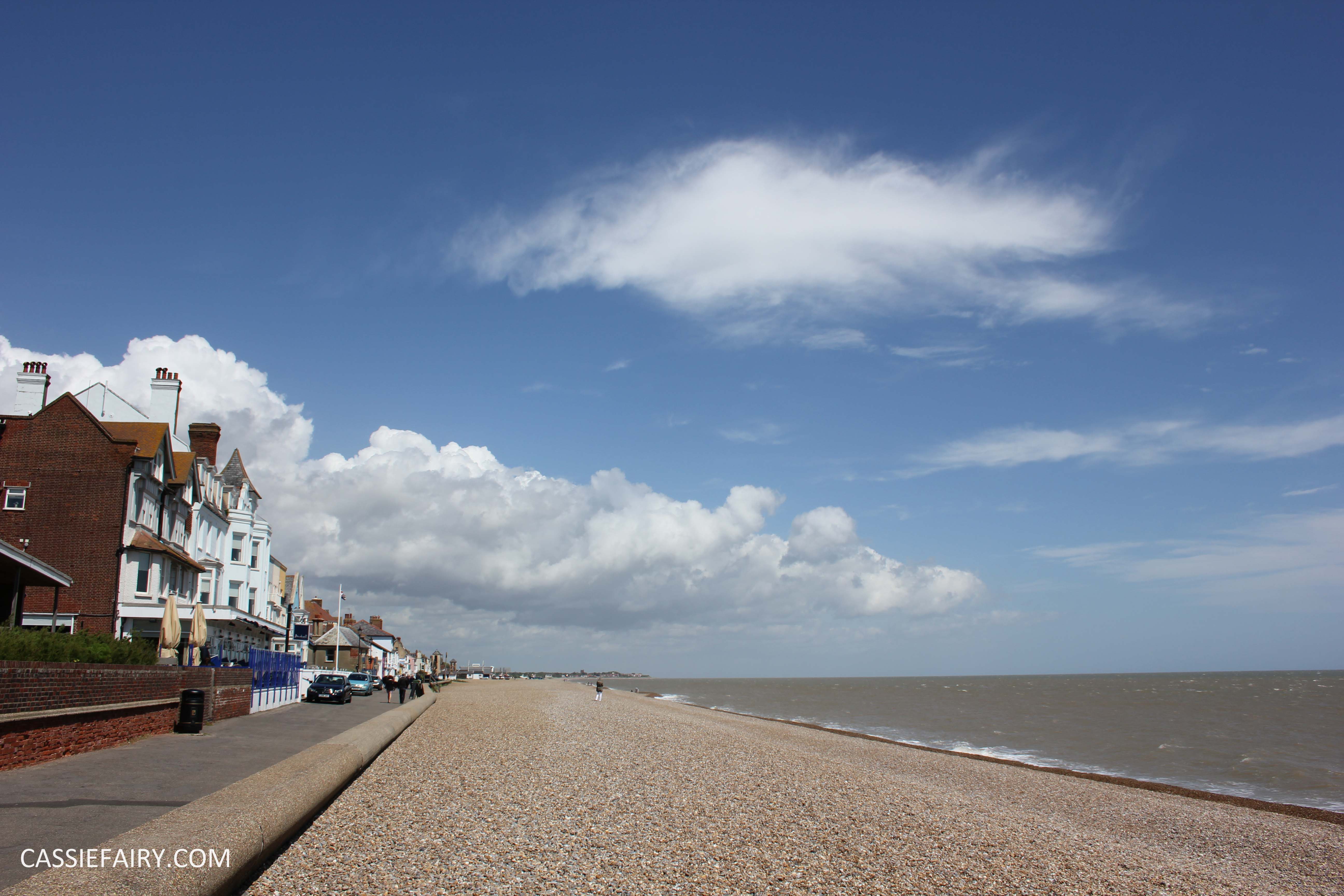

2 responses
Maps are fascinating. I’ll have to put a visit to Keswick museum on my to do list. Sue Sue’s words and pictures
I love museums and exploring! Just waiting to finish up my studies then I’m going on a big adventure!!
Sarah
https://everydayconcepts.wordpress.com/